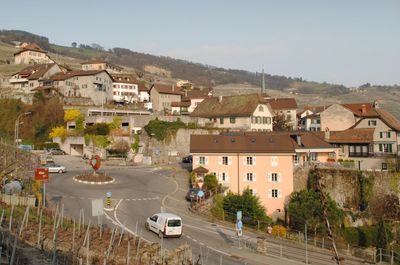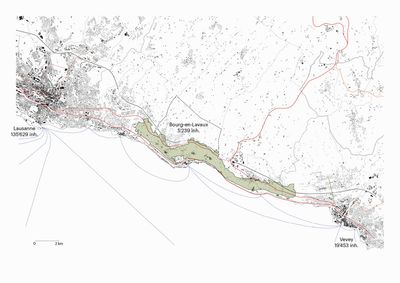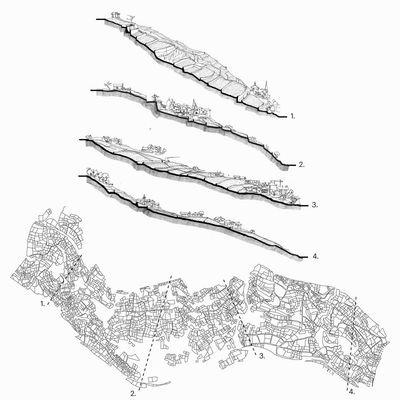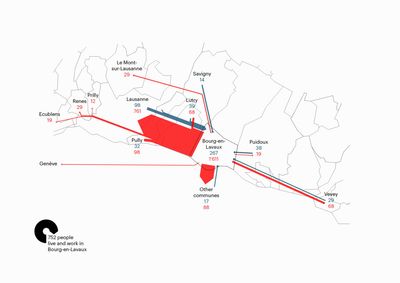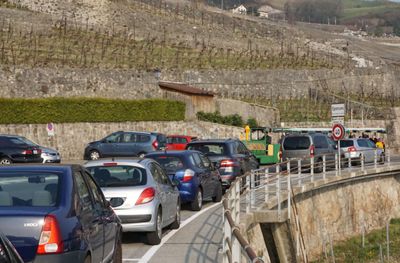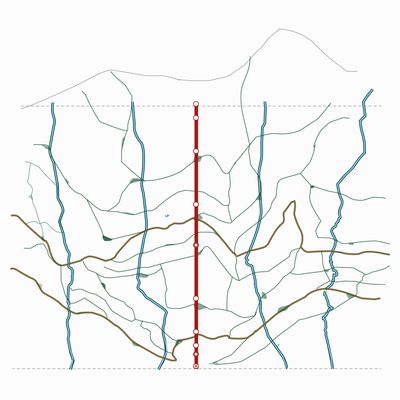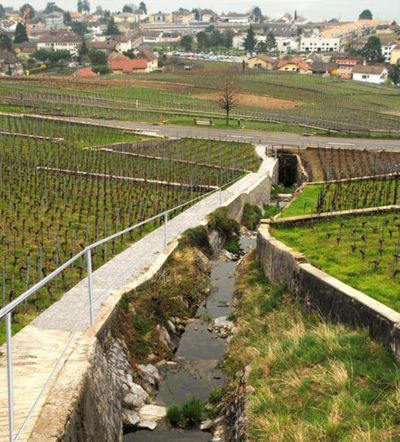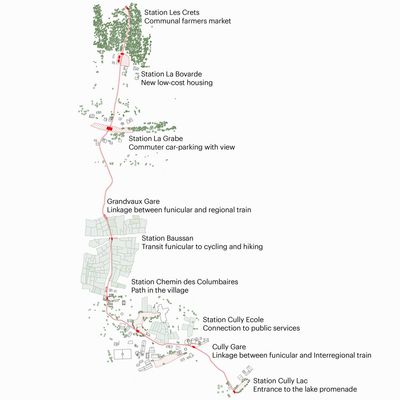Commune Bourg-en-LavauxWorld-Heritage VineyardsNusaibah Khan and Moritz Köhler
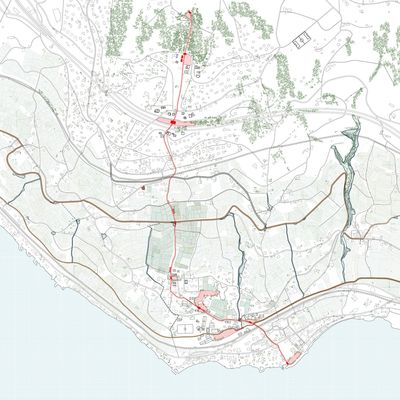
The stone terraces of the Lavaux vineyards stretch about 30 km along the northern shores of Lac Léman, from the Château de Chillon to the eastern outskirts of Lausanne. They are an outstanding example of a centuries-long interaction between people and their environment, shaping a landscape of viticulture on some of the steepest slopes towards the lake. The protection of these exceptional vineyards dates back to 1977, and has since evolved into a world heritage site governed by a complicated layering of international and local protective laws. Amidst this „frozen“ landscape lies the commune of Bourg-en-Lavaux with its villages Cully, Epesses and Grandvaux. As an amalgamation of the formerly individual villages, this commune is caught in a struggle of rising urban pressure from the agglomerations of Lausanne and Vevey/Montreux and the imperative to protect the image and constitution of their land.
The production of wine here depends on intricate relations between the farmer (vigneron), winemaker (vinificateur) and the seller (négociant, often the commune itself), all sharing certain resources, collective infrastructure and a seasonally imported workforce from Portugal and other European countries. Apart from optimal growing conditions, the attractive view on the lake and the proximity to urban centres also create very desirable living quarters. Behind the historical core villages in the vineyards, new developments settled in the slope like balconies overlooking the lake and the Alpine scenery and providing exclusive housing for city commuters. Being also the main tourist attraction in the area, the protected landscape itself has become the base of all regional economy and a common resource to the inhabitants.
In some parts, these contradicting interests have led to an eroding of traditional social structures and a hollowing out of pre-existing village structures. We want to investigate the various pressures acting on the land, the changing demographics and how to define a common ground for both, commuters and farmers.
